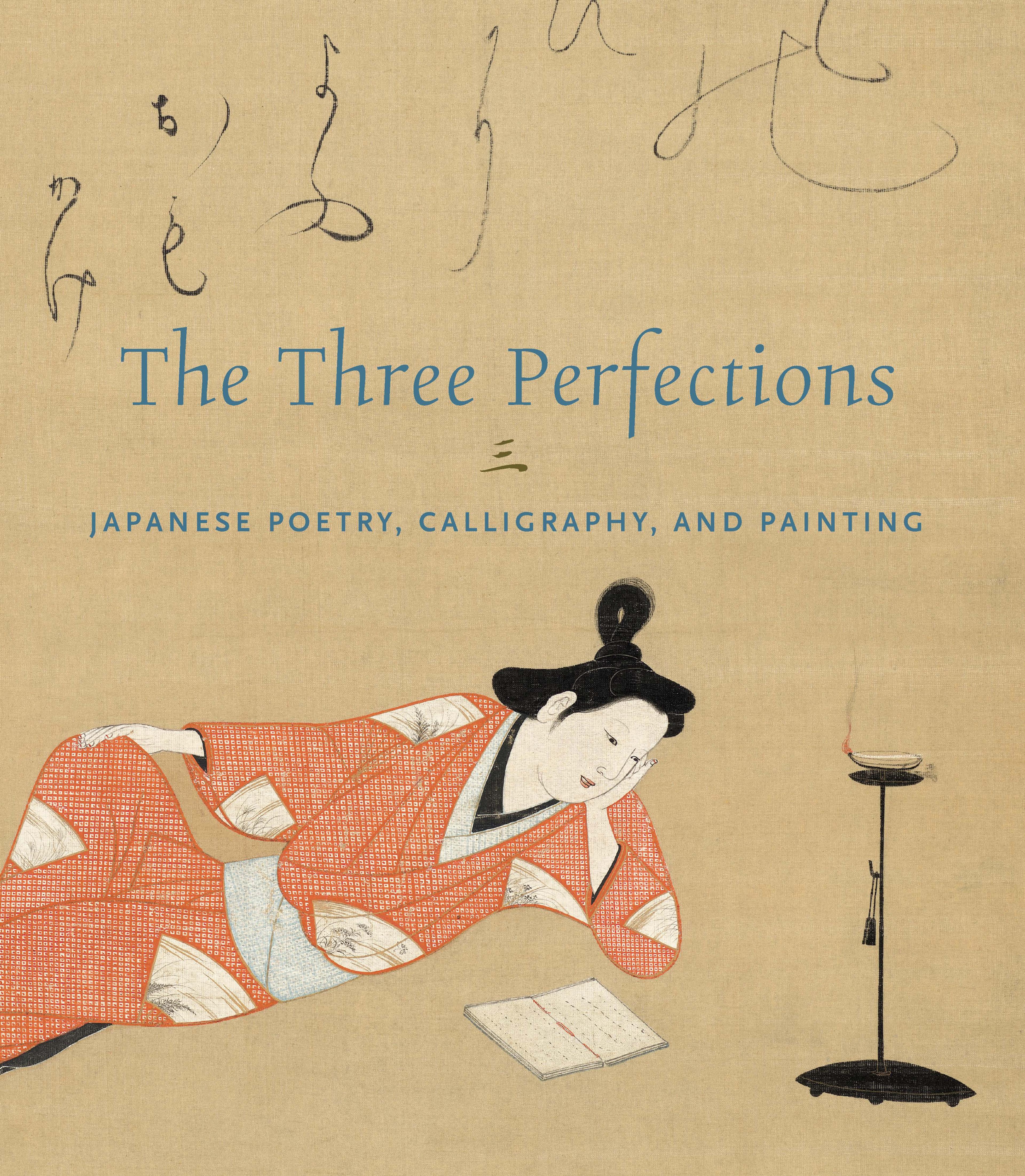High Mountains, Flowing Water: Yu Boya and Zhong Ziqi
Zhong Ziqi, a music connoisseur who lived in China during the fourth century BCE, once encountered the statesman Yu Boya masterfully performing on the qin (zither). The two became extremely close friends and confidants, eventually coauthoring the tale depicted in this painting, Tall Mountains, Flowing Water, about their enduring friendship. In Okura Ritsuzan’s interpretation, this companionship unfolds in a contemporary Chinese garden—a setting the Sinophiles of the Edo period would have favored. Yu sits on a large Taihu rock, playing the qin, while Zhong listens intently. Nearby, a young servant fans a stove to prepare sencha. A set of small teacups lies ready on the stone table.
Artwork Details
- 大倉笠山筆 「高山流水図」
- Title:High Mountains, Flowing Water: Yu Boya and Zhong Ziqi
- Artist:Okura Ryūzan (Japanese, 1785–1850)
- Period:Edo period (1615–1868)
- Date:ca. 1840
- Culture:Japan
- Medium:Hanging scroll; ink and color on silk
- Dimensions:Image: 51 9/16 × 16 5/8 in. (131 × 42.2 cm)
Overall with mounting: 78 9/16 × 25 9/16 in. (199.5 × 65 cm) - Classification:Paintings
- Credit Line:Mary and Cheney Cowles Collection, Gift of Mary and Cheney Cowles, 2019
- Object Number:2019.420.30
- Curatorial Department: Asian Art
More Artwork
Research Resources
The Met provides unparalleled resources for research and welcomes an international community of students and scholars. The Met's Open Access API is where creators and researchers can connect to the The Met collection. Open Access data and public domain images are available for unrestricted commercial and noncommercial use without permission or fee.
To request images under copyright and other restrictions, please use this Image Request form.
Feedback
We continue to research and examine historical and cultural context for objects in The Met collection. If you have comments or questions about this object record, please contact us using the form below. The Museum looks forward to receiving your comments.
